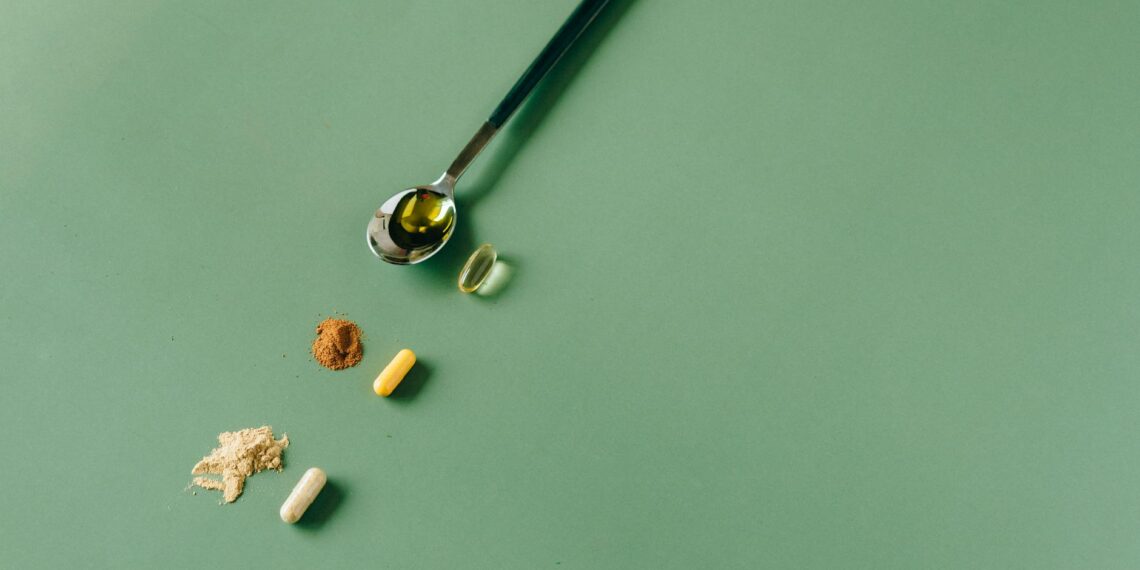The Chinese coin plant, also known as the Pancake Plant, UFO Plant, or Friendship Plant, is a popular and relatively easy-to-care-for houseplant known for its distinctive round, coin-shaped leaves.
Here’s a guide to keeping your Chinese Money Plant thriving:
- Bright, Indirect Light: Chinese coin plants thrive in bright, indirect light.
- Avoid Direct Sunlight: Direct sun can burn the leaves.
- Ideal Placement: An East or West facing window is often ideal.
- Rotation: Rotate the plant regularly (every few days to weekly) to encourage even growth and prevent it from becoming leggy.
- Low Light: While they can tolerate lower light, they may become leggy and grow slower with smaller leaves.
- Grow Lights: Consider using a grow light if you don’t have enough natural light.
- Allow Soil to Dry: Water when the top inch or two of the soil feels dry.
- Check Soil Moisture: Use the finger dip test: stick your finger into the soil to check the dampness.
- Don’t Overwater: Overwatering is a common problem and can lead to root rot. Yellowing leaves and mushy stems can be signs of overwatering.
- Watering Frequency: In general, water every 1-2 weeks, more often in brighter light and less often in lower light. During the winter, when the plant is dormant, water less frequently.
- Drooping Leaves: Drooping leaves are often an indication that the plant needs water.
- Well-Draining Soil: Chinese coin plants need a well-draining soil mix.
- Good Drainage is Critical: Ensure the pot has drainage holes to prevent root rot.
- Potting Mix: A high-quality organic potting mix (peat-based or coir-based) with added perlite for improved drainage is recommended. [The Spruce advises adding perlite to increase drainage] . You can use a mix of potting soil and cactus soil with extra perlite.
- Avoid overly moist or soggy soil.
- Average Room Conditions: Average household temperature and humidity are generally fine.
- Temperature Range: They thrive in temperatures between 55°F-85°F (13°C-30°C). It’s best not to let it go below 50°F (10°C).
- Avoid Dry Conditions: Keep the plant away from heating vents or baseboards which can cause overly dry conditions.
- Misting: While not strictly necessary, occasional misting can benefit the plant, especially in dry environments.
- During Growing Season: Fertilize monthly during the spring and summer months.
- Balanced Fertilizer: Use a balanced, all-purpose liquid fertilizer diluted to half strength.
- Avoid Overfeeding: Too much fertilizer can cause the leaves to go soft.
- Dormancy: Avoid fertilizing during the fall and winter when the plant is dormant.
- Salt Buildup: A white crust on the soil or outside of terra cotta pots indicates fertilizer salt buildup, in which case you should hold off on fertilizing for a few months.
- Pruning: Pruning can encourage branching and a bushier plant.
- Propagation: Chinese coin plants are very easy to propagate from offshoots (pups).
– Offshoots: Gently remove offshoots with roots and plant them in moist soil.
– Stem Cuttings: You can also propagate from stem cuttings (root in water or soil).
– Leaf Cuttings: Propagate from a leaf cutting that includes a portion of the main stem (root in water or soil).
- When to Repot: Repot in early spring or summer if the plant has outgrown its pot, or if roots are growing out of the drainage hole.
- Pot Size: Choose a pot that is one size larger than its current vessel (about one or two inches wider).
- Drainage: Ensure the new pot has drainage holes.
- Yellowing Leaves: Often a sign of overwatering or nutrient deficiency.
- Curling Leaves: Can be caused by high light levels, lack of moisture, or overwatering.
- Drooping Leaves: Can indicate either overwatering or underwatering.
- Brown Spots/Browning Leaves: Too much direct sunlight.
- Black Patches: Can be caused by excessive watering.
- White Spots: Small white spots on the undersides of leaves are usually mineral deposits and are harmless. Fluffy white spots could indicate mealybugs.
- Mushy Stem: A sign of excessive watering and root rot.
- Leggy Stems: Indicate a lack of light.
- Pests: Chinese money plants can be susceptible to spider mites and mealybugs.
By following these care tips, you can enjoy a healthy and beautiful Chinese coin plant in your home. Remember to observe your plant’s specific needs and adjust care accordingly.











Where is the best place to put a Chinese Money Plant?
I can help with that. The Chinese Money Plant thrives in bright, indirect sunlight—it loves soaking up gentle light but doesn’t appreciate harsh, direct rays that can scorch those iconic, coin-shaped leaves. The best spot? Near a large, bright window in a kitchen, bathroom, or living room where it can bask in filtered sunlight all day long.